narrow-leaved meadowsweet
(Spiraea alba var. alba)
Conservation • Wetland • Description • Habitat • Ecology • Use • Distribution • Taxonomy
Description |
Narrow-leaved meadowsweet is a 3′ to 6′ tall, erect, perennial, usually unbranched shrub with a woody root. It may form tall, dense thickets. The bark is gray or reddish-brown and smooth. When it ages the bark becomes papery and peels off in fine strips. Young twigs are green, leafy, and covered with minute, fine, soft hairs. Later they become hairless and develop dull brown or yellowish-brown bark. They do not have thorns. Buds are long-pointed and silky. Leaf scars are raised and have just 1 bundle scar. The leaves are alternate, hairless, crowded, and deciduous. They are narrowly oblong to narrowly lance-shaped, unlobed, 3 to 4 times as long as wide, 2″ to 3½″ long, and 3 ⁄16″ to ¾″ wide. They are attached to the twig on short, 1 ⁄16″to 5 ⁄16″ long leaf stalks. The upper surface is medium green and hairless. The lower surface is pale green and hairless. The margins have fine, sharp teeth. The inflorescence is an erect, branched, cluster of many small flowers at the end of the stem or a branch. It is pyramid-shaped, longer than wide, 2″ to 6″ long. The flower stems and flower cups are minutely woolly. The flowers are ¼″ wide and slightly fuzzy. They have 5 white, rarely pinkish, petals, 5 light green sepals, and 20 or more long stamens. The sepals are obtuse and spreading, but do not bend backward when the flowers are fully open. The petals are much longer than the sepals. The fruit is a group of 5 dry, brown, hairless pods with short beaks. They contain 2 to 5 seeds. |
Height |
3′ to 6′ |
Flower Color |
White, rarely pinkish |
Similar Species |
Broadleaf meadowsweet (Spiraea alba var. latifolia) twigs are purplish-brown or reddish-brown. Twig color, however, is an unreliable indicator because the color is variable. Leaves are broader, only 2 to 3 times as long as wide. Leaf margins have coarser, more blunt teeth. The inflorescence is hairless or nearly hairless. The sepals are acute. It is found in moist to dry locations. According to Minnesota State Botanist Welby Smith, no convincing specimens of broadleaf meadowsweet have been collected in the state. Steeplebush (Spiraea tomentosa) is a much shorter plant, usually less than 3′ tall. The leaves have a dense, reddish-brown fuzz on the underside. The sepals are not spreading but bend backward when the flowers are fully open. The flower petals are pink or rose-purple. The fruit is hairy. |
Habitat |
Moist to wet. Meadows, bogs, swamps, thickets, streambanks, shorelines. Full sun. |
Ecology |
Flowering |
June to August |
Pests and Diseases |
|
Use |
|
Distribution |
||
|
Sources |
|
| 7/9/2024 | ||
Nativity |
||
Native |
||
Occurrence |
||
Common |
||
Taxonomy |
|
Kingdom |
|
Division |
Tracheophyta (Vascular Plants) |
Subdivision |
Spermatophytina (Seed Plants) |
Class |
|
Order |
Rosales (Roses, Elms, Figs, and Allies) |
Family |
Rosaceae (Rose) |
Subfamily |
Amygdaloideae |
Tribe |
Spiraeeae |
Genus |
Spiraea (meadowsweet) |
Species |
|
The genus Spiraea was formerly included in the subfamily Spiraeoideae. A reanalysis in 2007 found that Spiraeoideae contained all descendants of a common ancestor except a few – it was paraphyletic, and therefore invalid. In 2011, the subfamily Amygdaloideae was redefined adding the former Spiraeoideae and Maloideae. |
|
Subordinate Taxa |
|
|
|
Synonyms |
|
|
|
Common Names |
|
meadowsweet narrowleaf spire narrow-leaved meadowsweet narrow-leaved meadow-sweet northern meadow-sweet white meadowsweet |
|
Glossary
Beak
A comparatively short and stout, narrow or prolonged tip on a thickened organ, as on some fruits and seeds.
Visitor Photos |
||
Share your photo of this plant. |
||
This button not working for you? |
||
Luciearl |
||
 |
|
|
Martin Schrattenholzer |
||
 |
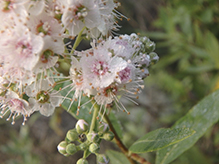 |
|
MinnesotaSeasons.com Photos |
||
 |
||
Habitat |
||
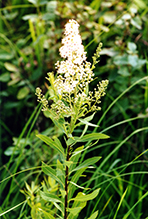 |
 |
|
Plant |
||
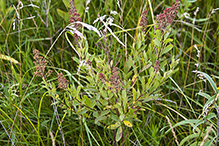 |
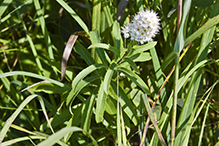 |
|
Plant |
||
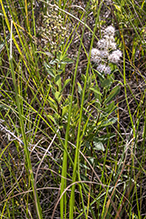 |
||
Plant |
||
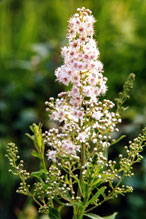 |
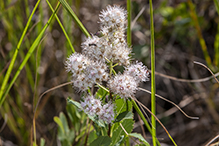 |
|
Inflorescence |
||
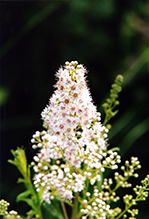 |
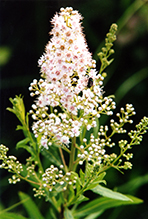 |
|
Inflorescence |
||
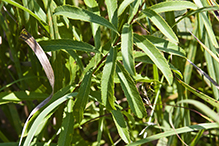 |
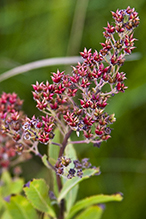
|
|
Leaves |
||
|
||
|
||
|
Infructescence |
|

Slideshows |
|

Visitor Videos |
||
Share your video of this plant. |
||
This button not working for you? |
||
|
Other Videos |
||
|

Visitor Sightings |
||
Report a sighting of this plant. |
||
This button not working for you? |
||
Luciearl |
Location: Lake Shore, MN |
 |
| Martin Schrattenholzer 9/14/2020 |
Location: middle campsite on Ahsub Lake, Boundary Waters Canoe Area Wilderness |
 |
MinnesotaSeasons.com Sightings |
||
Blazing Star Prairie Addition Preserve, South Unit Charles A. Lindbergh State Park Felton Prairie SNA, Bicentennial Unit Itasca Wilderness Sanctuary SNA Lake Alexander Woods SNA, South Unit Northern Tallgrass Prairie NWR, Pavia Unit Northern Tallgrass Prairie NWR, Rengstorf Unit Northern Tallgrass Prairie NWR, Touch the Sky Prairie Unit Pankratz Memorial Prairie, North Unit Pembina Trail Preserve SNA, Pembina Trail Unit Prairie Creek WMA, Koester Prairie Unit |

|
Created: Last Updated: © MinnesotaSeasons.com. All rights reserved. |
